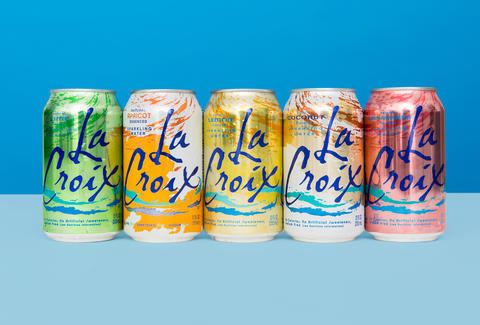Type Sparkling water | Website www.lacroixwater.com | |
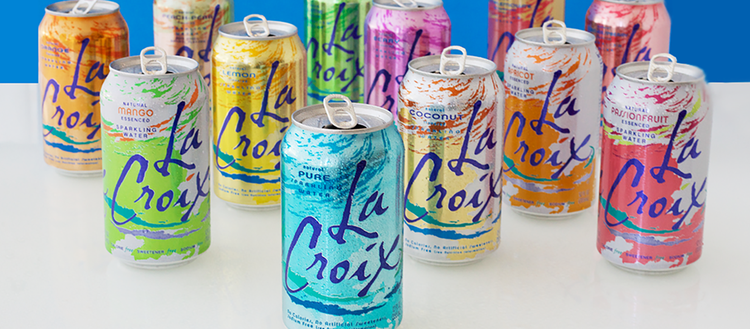 | ||
Manufacturer Sundance Beverage Company Country of origin La Crosse, Wisconsin, United States Flavour Pure (Unflavored), Berry, Cran-Raspberry, Lemon, Lime, Orange, Passion Fruit, Apricot, Mango, Pamplemousse (Grapefruit), Lemon-Lime, Coconut, Peach-Pear, Tangerine, Pomme-Baya (Apple-Berry), Cerise Limón (Cherry Lime), Melón Pomelo (Melon Grapefruit), Kiwi Sandía (Kiwi Watermelon), Piña Fraise (Pineapple Strawberry) Mure Pepino (Cucumber Blackberry) | ||
LaCroix or La Croix (/ləˈkrɔɪ/) is an unsweetened, zero calorie, naturally essenced soda water distributed by the Sundance Beverage Company, a subsidiary of National Beverage Corp. Often appealing to sparkling water consumers looking for an alternative to an import, LaCroix markets itself as an "innocent," and "all occasion" beverage.
Contents
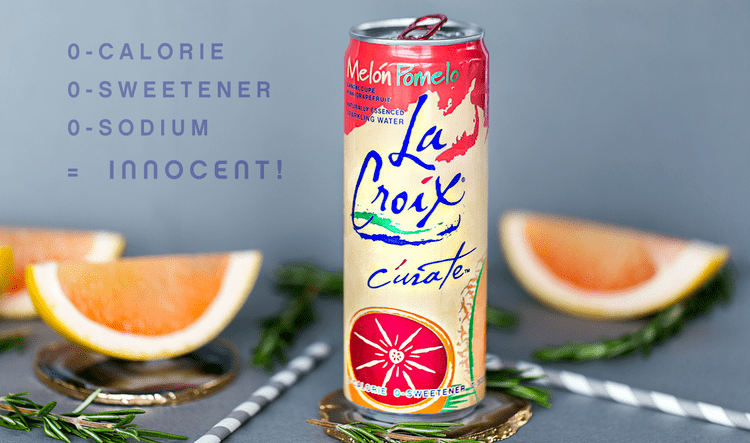
LaCroix is the number one selling sparkling water brand domestically in the United States according to National Beverage. Though no sales records have been publicly released to back this claim, market research analyses provide evidence that support this suggesting a 30% market share. This is double that of its main bubbly competitor, Perrier.
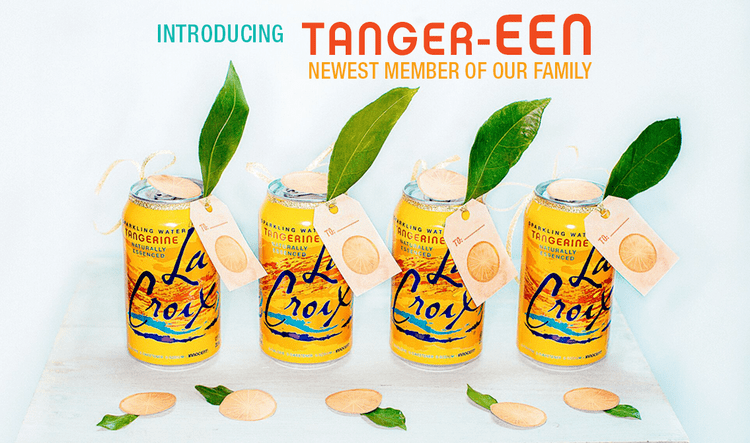
Bad bubbles la croix sparkling water taste test
History
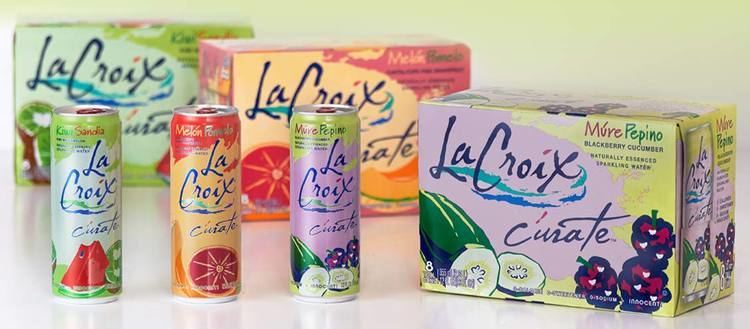
LaCroix was introduced in 1981 by G. Heileman Brewing Company as the "Anti-Perrier" brand. Meant to appeal to sparkling water consumers who were put off by Perrier's "snobbish positioning," LaCroix marketed to its niche by imaging itself as an "all occasion" beverage. The beverage fared well in popularity and sales in the surrounding Midwest region for the following decade and by 1992, the brand was estimated to be worth $25 million. However, in the same year, due to Heileman's admitted lack of experience outside the non-beer market, it was forced to sell the brand to National Beverage (then Winterbrook).
Rise in popularity
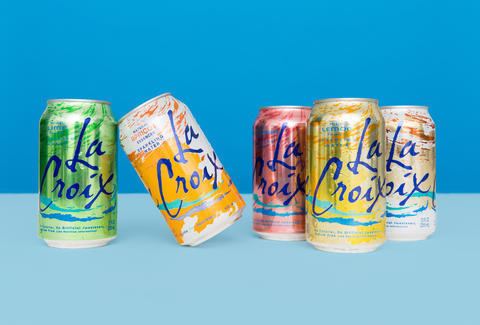
Since the early 1990s, LaCroix has been a fairly well-known product in the Midwest; however, its sudden rise in popularity outside of the Midwest United States has only been a recent phenomenon. In light of sugary soda sales plummeting to a 30-year low in the U.S. in spring of 2015, National Beverage saw an opportunity at an open market of consumers and subsequently launched a marketing campaign for the beverage on social media, specifically targeting millennials.
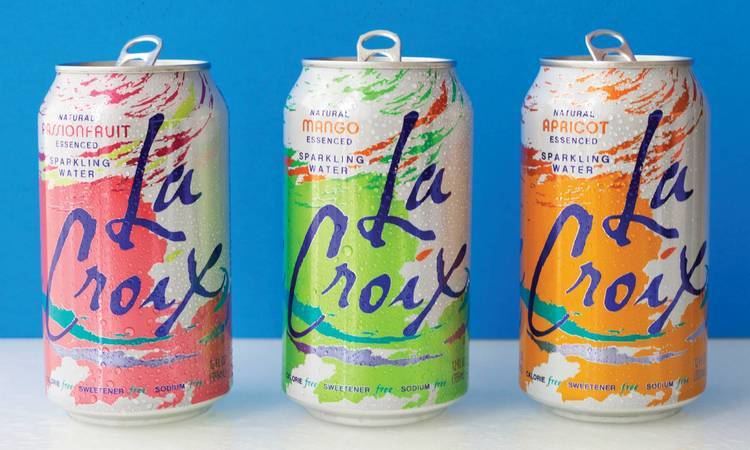
In the same month, LaCroix became the trend of various mainstream news outlets as a healthier alternative to sugary soda.
